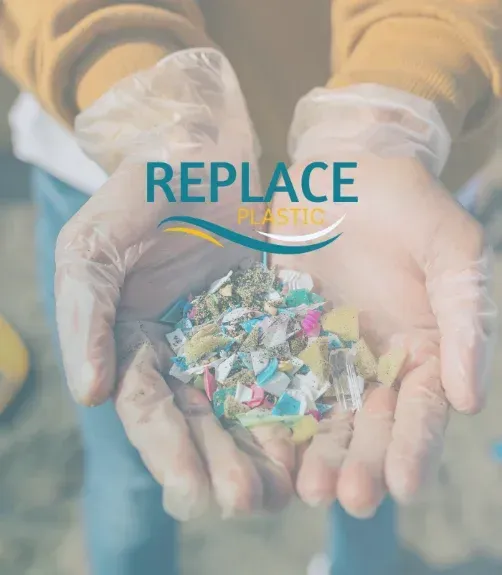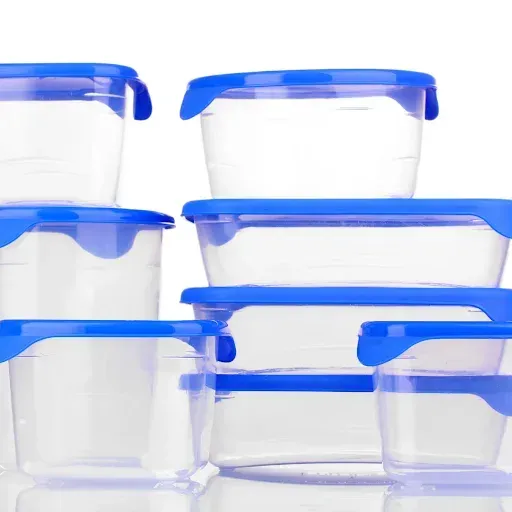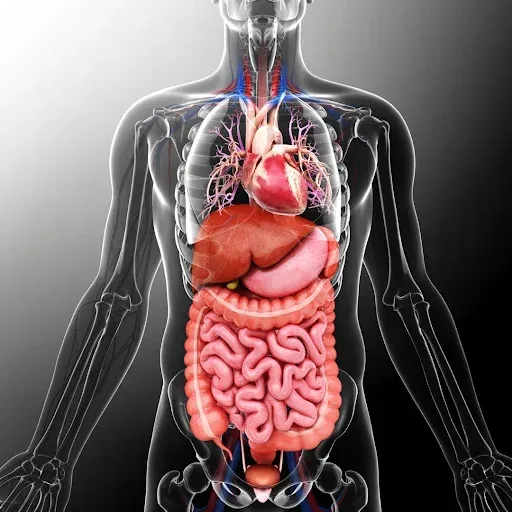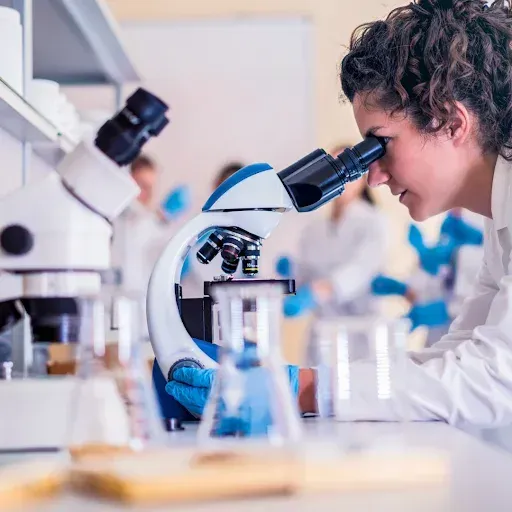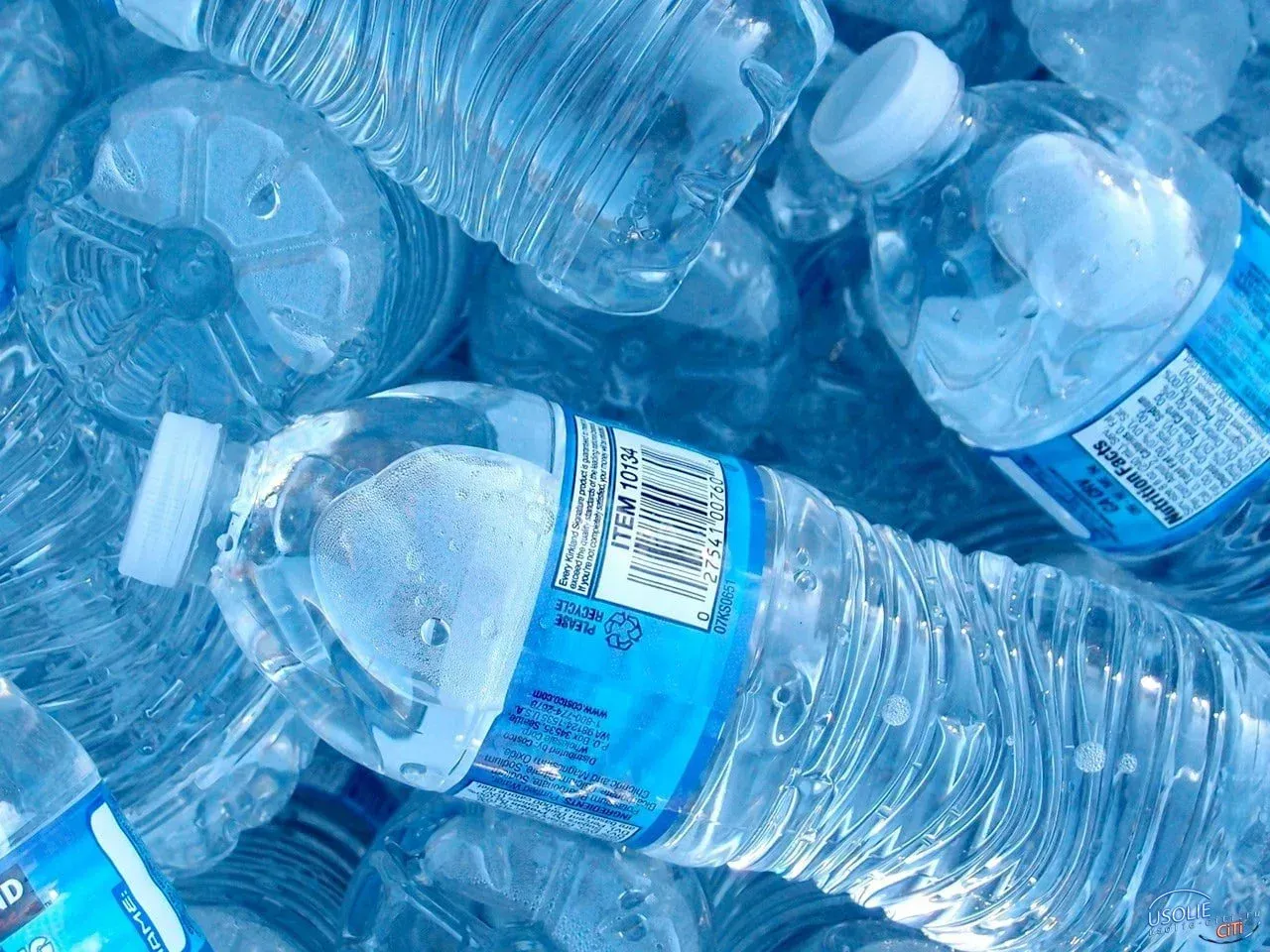How to Reduce Microplastic Exposure: 6 Simple and Effective Steps
Affiliate Disclosure: This article contains affiliate links. If you purchase a product through these links, we may earn a small commission at no extra cost to you. Check out our complete Replace Plastics Top Picks for more eco-friendly alternatives.
Plastic is everywhere—and microplastics, the tiny plastic fragments under 5 millimeters in size, are infiltrating our water, food, and even the air we breathe. Fortunately, there are practical, simple ways to lower your microplastic exposure. In this comprehensive guide, we reveal six effective strategies to detox your lifestyle, protect your health, and help reduce plastic pollution.
1. Filter Your Tap Water for Cleaner, Safer Drinking
Unfiltered tap water can carry microplastics, particularly in areas with aging plumbing systems. Installing a high-quality water filter designed to remove microplastics not only ensures you drink cleaner water but also reduces the risk of ingesting harmful plastic particles. Look for reverse osmosis or activated carbon systems that target microplastic contaminants.
2. Replace Single-Use Plastics with Sustainable Alternatives
Single-use plastics are one of the biggest contributors to microplastic pollution. Everyday items such as plastic bags, wraps, and food containers can degrade over time and release microplastic particles. Make the switch to eco-friendly alternatives like glass, stainless steel, or silicone storage solutions. These durable options not only help reduce waste but also protect your food from unwanted plastic residues.
3. Avoid Using Plastic in Cooking and Heating
When plastic is exposed to high temperatures, it can break down and leach chemicals, increasing the risk of microplastic contamination in your meals. To protect your food, use non-plastic cookware when microwaving or reheating dishes. Opt for ceramic, glass, or stainless steel containers and utensils. These alternatives not only prevent the release of harmful chemicals like BPA but also maintain the flavor and nutritional quality of your food.
4. Choose Natural Fabrics Over Synthetics
Did you know that your clothing can be a source of microplastics? Synthetic fabrics such as polyester, nylon, and acrylic shed microfibers during each wash, which eventually pollute our waterways. For a greener wardrobe and a healthier planet, choose natural fibers like cotton, wool, or linen. These materials are less likely to shed microplastics and are biodegradable, making them a better choice for both your health and the environment.
5. Adopt a Gentle Laundry Routine
Even if you already own synthetic clothing, you can reduce the number of microfibers released into the environment by adjusting your laundry habits. Washing your clothes in cold water, using a lower spin cycle, and choosing liquid detergents can help minimize friction that causes shedding. Additionally, consider using a microfiber-catching laundry bag or filter to trap fibers before they reach the water supply. These small changes can lead to significant reductions in microplastic pollution.
6. Store Food and Beverages in Non-Plastic Containers
Over time, plastic storage containers can break down and transfer microplastics into your food and drinks—especially when exposed to heat or sunlight. Switch to storing your food in glass, stainless steel, or ceramic containers. Not only do these options help preserve the freshness of your meals, but they also eliminate the risk of plastic leaching, making them a healthier choice for you and your family.
Small Changes, Big Impact on a Healthier Future
While it may not be possible to eliminate plastic entirely, these six simple strategies can substantially reduce your microplastic exposure and promote a cleaner, healthier lifestyle. From filtering your tap water and ditching single-use plastics to choosing natural fabrics and non-plastic food storage, every small change makes a difference. For even more practical tips and affordable, eco-friendly product recommendations, be sure to check out our Replace Plastics Top Product Recommendations.
Taking action against microplastic pollution today not only protects your health but also contributes to a more sustainable future for our planet.
